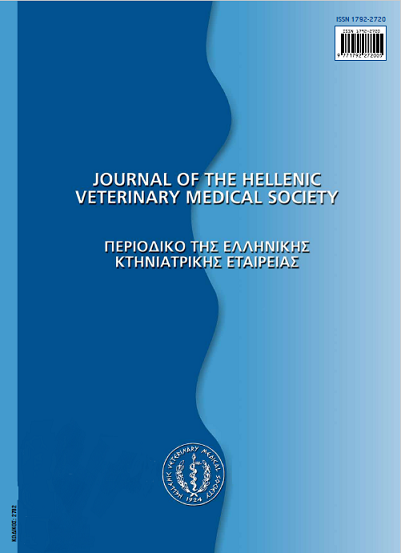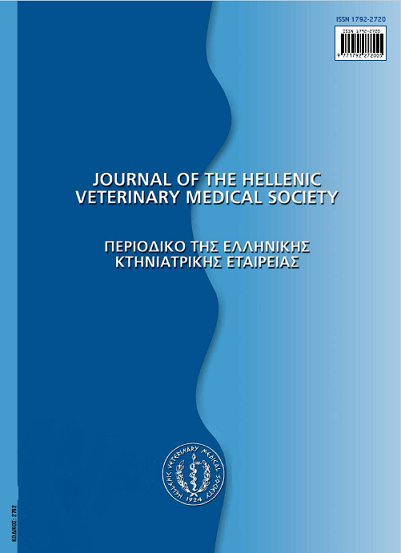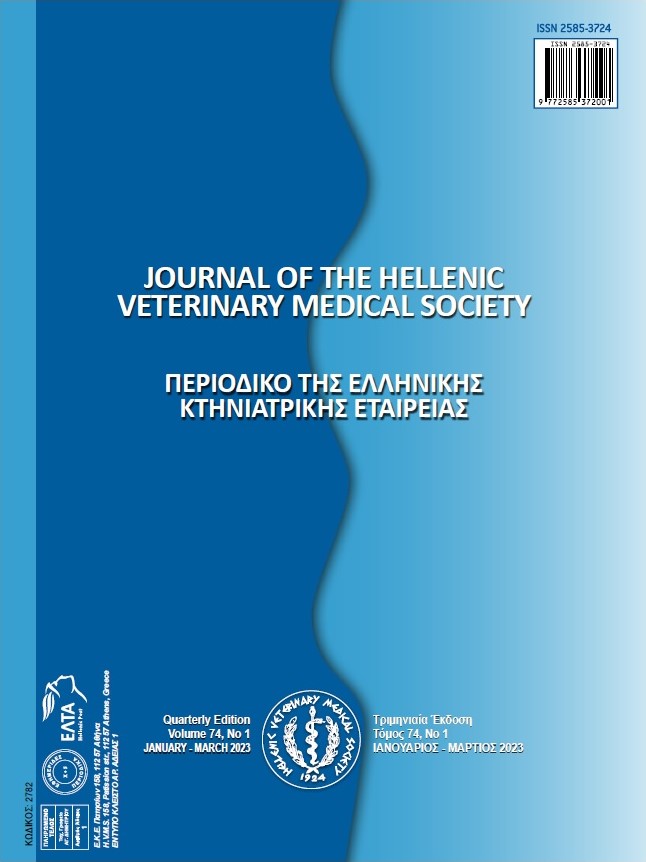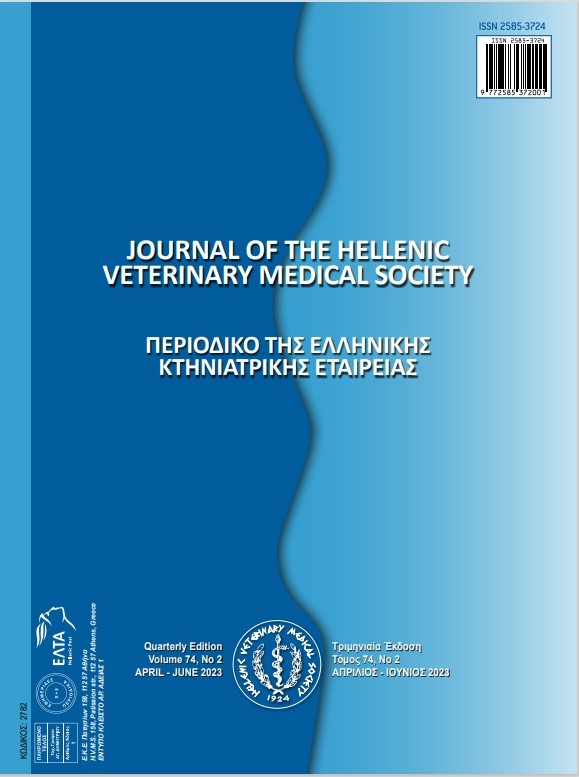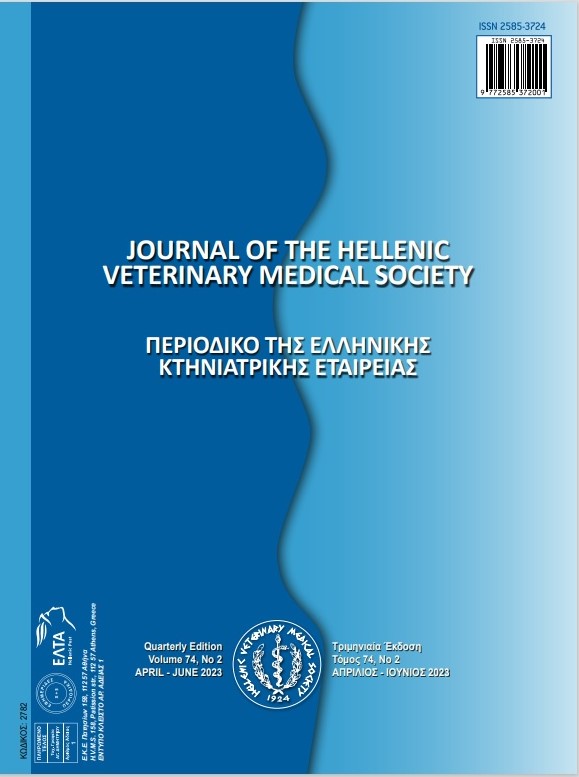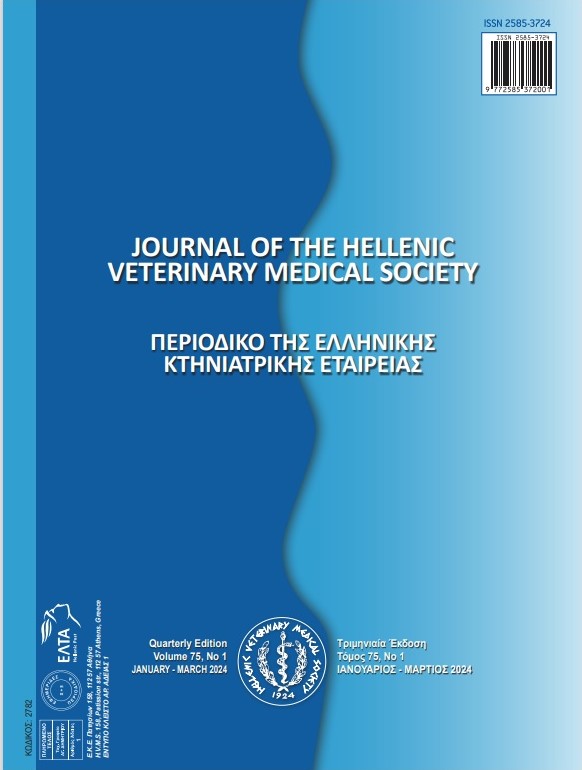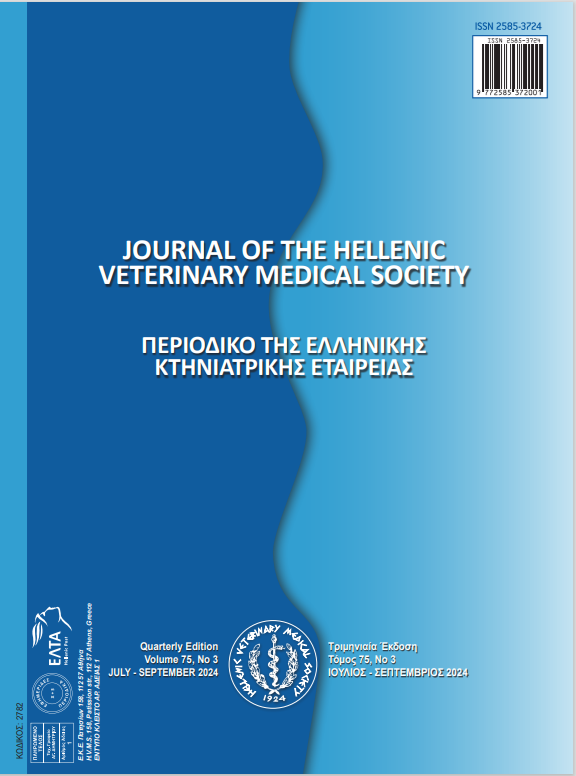Haematological and biochemical parameters of Podolian cattle breed cows

Abstract
The aim of this study is to set the reference blood work data for the Podolian cattle breed within conservation program. This particular breed (also known as Podolica, Podolsk, Hungarian grey or Grey steppe cattle) belongs to part of the group of primitive European wild cattle known as Boseuropeus primigenius whom once roamed a vast region stretching from the Russian steppes to the northern Adriatic. In the mid-19th century, when Simmental breed made their way into Serbia, the Podolian cattle served as the foundation for breeding melioration, which led to a gradual but significant decline in population numbers. Consequently, the Podolsk cattle in the Republic of Serbia are now categorized as a "threatened and sustainable breed." This means that the breed is endangered, but there are ongoing conservation and preservation efforts in place.
The use of adequate blood work analysis regarding physiological condition in order to monitor health, stress and welfare status is usual herd management practice. The published reference intervals of blood work results even for widespread cattle breeds in different climate conditions evoked the need for this study. To establish reference values for blood parameters, an observational cross-sectional study was conducted with a total of 107 cows, included in the study. Data were analysed on three age groups: 1) those aged 2 to 3.5 years (n=37), 2) 3.5 to 10 years (n=45), and 3) 10 to 15 years (n=25).
This analysis included the examination of red and white blood cell parameters, haemoglobin, haematocrit, and various biochemical parameters, such as total cholesterol, high-density lipoprotein (HDL), low-density lipoprotein (LDL), triglycerides, urea, creatinine, calcium, phosphorus, aspartate aminotransferase (AST), alanine aminotransferase (ALT), and alkaline phosphatase (ALT).
Attained results showed certain variation within some parameters, such as basophiles and neutrophils count both with coefficient of variation over 40%, but also revealed relatively stable parameters such as mean corpuscular haemoglobin concentration, red cell distribution width, haematocrit and haemoglobin. Biochemical blood parameters mostly varied were the triglycerides, HDL, LDL and total cholesterol, with coefficient of variation of over 20%. Relatively stable parameters were total protein, calcium, and albumin with coefficient of variation no larger than 10%. Concerning age group differences showed only in RDW and monocyte differential formula and only between youngest (group 1) and oldest (group 3) cattle while no other parameter got notable variation in all three groups. In comparison with parameters set for the highly productive dairy based Holstein Friesian breed, notable discrepancy was recorded at creatinine and albumin, which may lead to faulty interpretation in Podolians The constant scientific enthusiasm in Podolians conjoined with the fresh market demand for beef and dairy products of these cattle in later decades to justify preservation program and breed specific health management study.
Article Details
- How to Cite
-
Mladenović, V., Magaš, V., Pavlovic, I., Memiši, N., Panousis , N., Kalaitzakis , E., & Zdravkovic, N. (2025). Haematological and biochemical parameters of Podolian cattle breed cows. Journal of the Hellenic Veterinary Medical Society, 75(4), 8253–8260. https://doi.org/10.12681/jhvms.36517
- Issue
- Vol. 75 No. 4 (2024)
- Section
- Research Articles

This work is licensed under a Creative Commons Attribution-NonCommercial 4.0 International License.
Authors who publish with this journal agree to the following terms:
· Authors retain copyright and grant the journal right of first publication with the work simultaneously licensed under a Creative Commons Attribution Non-Commercial License that allows others to share the work with an acknowledgement of the work's authorship and initial publication in this journal.
· Authors are able to enter into separate, additional contractual arrangements for the non-exclusive distribution of the journal's published version of the work (e.g. post it to an institutional repository or publish it in a book), with an acknowledgement of its initial publication in this journal.
· Authors are permitted and encouraged to post their work online (preferably in institutional repositories or on their website) prior to and during the submission process, as it can lead to productive exchanges, as well as earlier and greater citation of published work.



